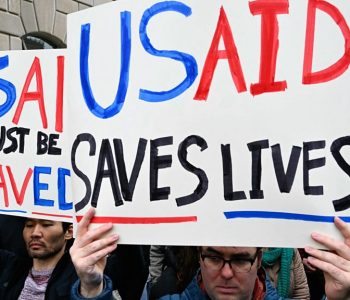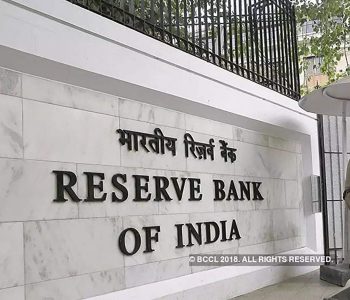NRB launches green finance taxonomy to drive sustainable investments

KATHMANDU: The Nepal Rastra Bank (NRB) has introduced the “Nepal Green Finance Taxonomy,” a major policy initiative aimed at promoting sustainable investments and steering the country’s financial sector toward zero carbon emissions. This move marks a significant shift in investment priorities, focusing on reducing carbon emissions in industries and encouraging green economic growth.
The newly launched taxonomy, which outlines guidelines for green investments, is designed to align financial investments with Nepal’s national policies on climate change, environmental conservation, and sustainable development goals. It provides a comprehensive framework to help the country transition to a greener economy by directing financial flows toward sectors that promote sustainability.
Shift in Investment Priorities
The NRB’s introduction of this taxonomy signals a clear change in the way investments will be prioritized in the future. The taxonomy aims to encourage financial institutions to invest in sectors that reduce or eliminate carbon emissions, while also transforming carbon-heavy industries to become more environmentally friendly. By shifting investment preferences, the government hopes to contribute significantly to global efforts to combat climate change.
NRB’s Governor, commenting on the launch, stated, “This taxonomy is a key step in aligning the country’s financial sector with sustainable development goals. It encourages investment in areas that promote environmental conservation and reduce our carbon footprint, which is essential for the long-term well-being of the nation and the planet.”
Comprehensive Framework
The Green Finance Taxonomy was developed in collaboration with key regulatory authorities including the Nepal Insurance Authority, the Securities Board of Nepal, and the Ministry of Finance. It also incorporates existing national policies on climate change, such as the National Climate Change Policy, the Environmental Protection Policy, and the National Strategy for Zero Carbon Emissions.
The taxonomy provides clear guidelines for investments in sectors such as agriculture, forestry, fisheries, construction, energy, transportation, communications, finance, and tourism, among others. These industries will be prioritized for lending if they demonstrate efforts toward reducing carbon emissions and promoting sustainability.
The central bank has emphasized that the taxonomy is designed to prevent “greenwashing,” a practice where companies falsely present their activities as environmentally friendly. By providing clear investment guidelines, the NRB aims to offer transparency and credibility to investors, ensuring that financial flows genuinely contribute to a green economy.
Sectors to Benefit from Green Financing
Under the new guidelines, industries and businesses that demonstrate environmental responsibility will have better access to financial support. Sectors such as smart agriculture, sustainable forestry, low-emission transportation, renewable energy, and green technologies are expected to benefit the most from the new financial policies.
Agriculture, in particular, will receive a boost, with priorities being placed on climate-friendly farming practices such as smart irrigation, smart soil management, and environmentally friendly livestock farming. Similarly, industries that reduce deforestation or promote sustainable forest management will also be prioritized for financing.
The taxonomy also highlights the tourism sector, specifically nature-based tourism, as an area where investment will be increased. With Nepal’s rich biodiversity and reliance on tourism, this focus on sustainable tourism could provide significant economic and environmental benefits.
Classification of Industries
The taxonomy classifies industries into three categories: green, amber, and red, based on their carbon emissions. Industries with zero carbon emissions are classified as green, those with low carbon emissions as amber, and those with high carbon emissions as red. This classification will guide financial institutions in determining where to allocate their resources, with green industries being prioritized for favorable loan terms.
For industries that continue to emit high levels of carbon, loans will come with higher interest rates and risk weights. However, industries that show progress toward reducing emissions and adopting green practices will benefit from lower interest rates and reduced risk.














Facebook Comment